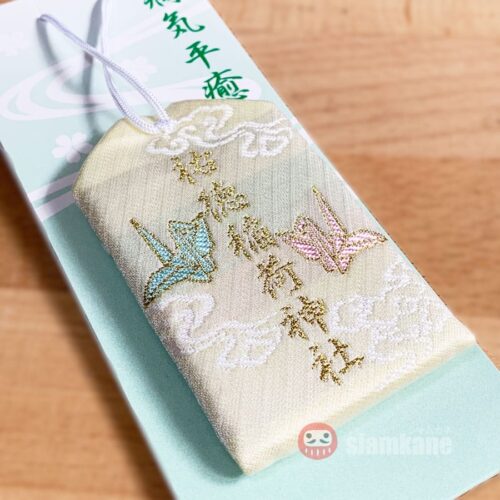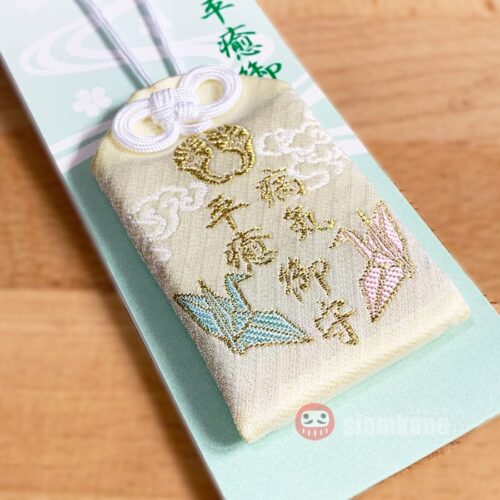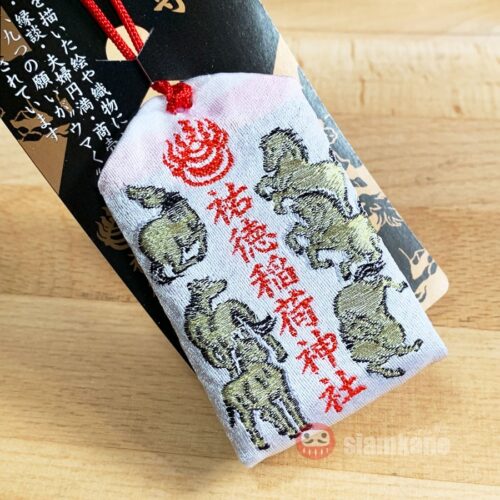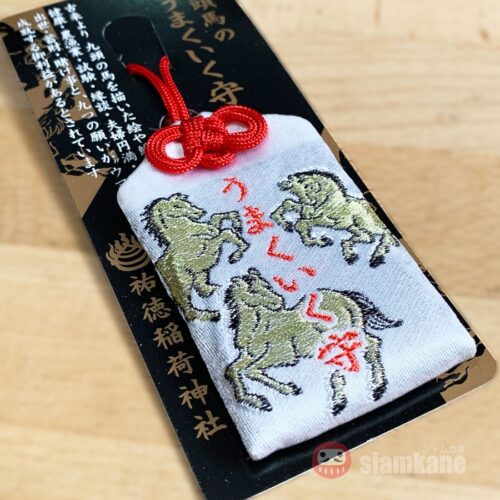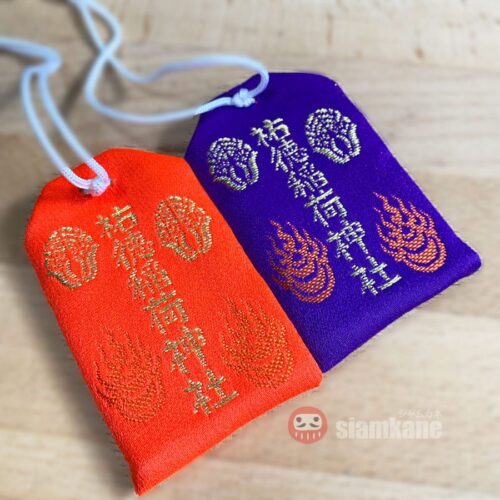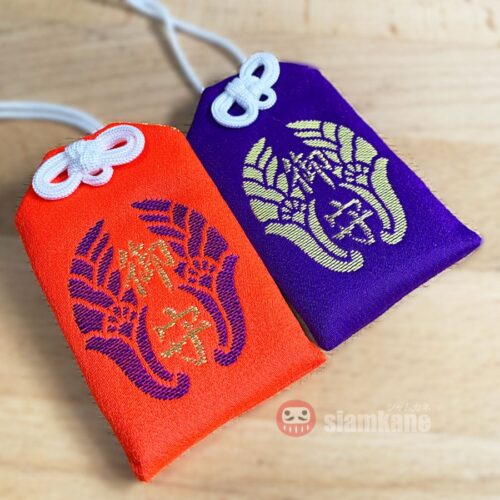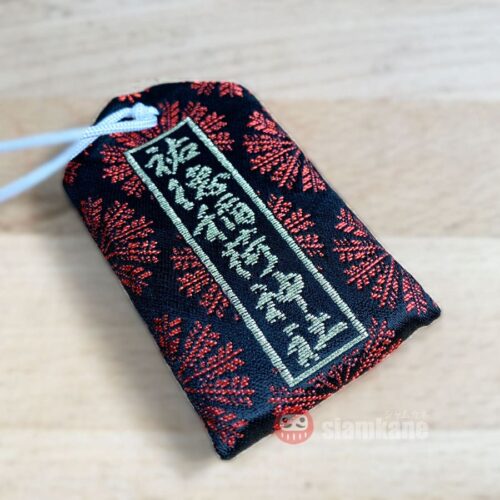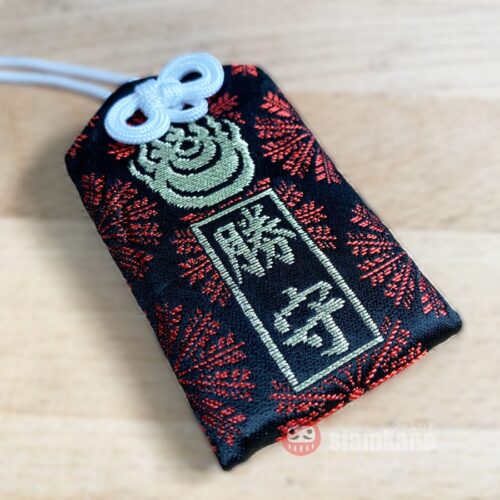- Out of stock

 Business Omamori Yutoku Inari Shrine. Original from Saga, Japan.
Business Omamori Yutoku Inari Shrine. Original from Saga, Japan. - Out of stock

 Desired Omamori Yutoku Inari Shrine. Original from Saga, Japan.
Desired Omamori Yutoku Inari Shrine. Original from Saga, Japan. - Out of stock

 Healthy Omamori Yutoku Inari Shrine. Original from Saga, Japan.
Healthy Omamori Yutoku Inari Shrine. Original from Saga, Japan. - Out of stock

 Lucky Omamori Yutoku Inari Shrine. Original from Saga, Japan.
Lucky Omamori Yutoku Inari Shrine. Original from Saga, Japan. - Out of stock

 Win Omamori Yutoku Inari Shrine. Original from Saga, Japan.
Win Omamori Yutoku Inari Shrine. Original from Saga, Japan.
Yutoku Inari Shrine
Yutoku Inari Shrine (祐徳稲荷神社) is a Shinto shrine located in Kashima City, Saga Prefecture, Japan. Dedicated to Inari, the Shinto god of rice and prosperity, Yutoku Inari Shrine is renowned for its picturesque setting, vibrant architecture, and association with Inari worship.
Here are key features and aspects of Yutoku Inari Shrine:
- Deity: Yutoku Inari Shrine is dedicated to Inari Okami, the deity associated with rice, fertility, and prosperity in Shinto belief. Inari is often depicted with foxes, which are considered messengers.
- History: The shrine has a history dating back to 1687 when it was established by the Nabeshima Clan, the ruling clan of Saga Domain. The shrine has undergone renovations and expansions over the centuries.
- Location: Nestled in a scenic valley surrounded by lush greenery, Yutoku Inari Shrine provides a tranquil and picturesque environment for visitors. The natural setting enhances the spiritual and cultural experience.
- Romon Gate: The Romon Gate, a prominent two-story gate, serves as the entrance to Yutoku Inari Shrine. This massive wooden torii gate, standing about 12 meters tall, is one of the largest in Japan and is adorned with intricate carvings.
- Main Hall (Honden): The main hall of the shrine, known as the honden, is a visually striking structure with vibrant colors and detailed decorations. It houses the enshrined deity, Inari Okami.
- Stone Staircase: Ascending from the Romon Gate to the main hall, visitors climb a stone staircase surrounded by a tunnel of torii gates. This stunning feature creates a captivating visual experience.
- Fox Statues: Foxes, or kitsune, are considered messengers of Inari, and Yutoku Inari Shrine features numerous fox statues throughout the grounds. These foxes are often depicted holding symbolic items such as rice, keys, or jewels.
- Sazare-ishi: A sacred stone known as Sazare-ishi is located on the shrine grounds. It is believed that touching or placing hands on the stone can bring good fortune and fulfill wishes.
- Seasonal Festivals: Yutoku Inari Shrine hosts various festivals throughout the year, celebrating seasonal changes and incorporating traditional rituals, performances, and processions.
- Omikuji and Ema: Visitors can participate in traditional practices such as drawing omikuji (fortunes) and writing wishes on ema (wooden prayer plaques). Ema are then hung at the shrine to convey prayers to the deity.
Yutoku Inari Shrine, with its harmonious blend of natural beauty and cultural richness, attracts both worshippers and tourists seeking a spiritual and aesthetic experience. The grandeur of its architecture, the symbolic foxes, and the scenic surroundings make it a captivating destination in the region.
QUICK MENU
RECENT POSTS
A Pro’s Guide to Fushimi Inari Taisha: Insider Strategies for Success
Sayuri Koi2024-11-24T22:48:31+07:00Knowledge|
TAGS
Japanese-Omamori® is an Omamori Online store established since 2001. sells Omamori and other products from Japan locate in Thailand. We were inspired by ecotourism and admired the uniqueness of Japan.
Japanese-Omamori®は2001年に設立されたお守りオンラインストアです。日本からタイにあるお守りやその他の商品を販売しています。私たちはエコツーリズムに触発され、日本の独自性に感心しました。
© Copyright 2012 - 2025
Japanese-Omamori.com
Best Omamori Online Shop
All Rights Reserved





